Key Highlights
- Intriguing Sci-Fi Premise: You play as Jacob Diaz, a former soldier with memory loss due to a mysterious neural implant, on a quest for truth.
- Visually Striking World: The game is set in Redrock City, a futuristic desert metropolis inspired by Las Vegas, featuring impressive graphics and character models.
- Developer Pedigree: MindsEye comes from Build a Rocket Boy, a studio founded by former Rockstar North lead Leslie Benzies.
- Linear Gameplay Loop: The experience primarily consists of driving from point A to B and engaging in straightforward cover-based shooting.
- Underwhelming Reception: The game has received largely negative reviews, criticized for its dull mission design, weak combat, and technical performance issues.
- Creative Tools Included: MindsEye features a game creation system, allowing players to build their own missions, though the developer-made examples have been poorly received.
Introduction
Welcome to an in-depth look at MindsEye, the ambitious new title from developer Build a Rocket Boy. Helmed by Leslie Benzies, a former producer for the Grand Theft Auto series, this game arrived with high expectations. You step into the shoes of Jacob Diaz, a man grappling with a past erased by a powerful neural implant. His journey for answers pulls you into a high-tech world of corporate secrets, unchecked artificial intelligence, and conspiracy. Let’s explore what this cinematic action-adventure has to offer.
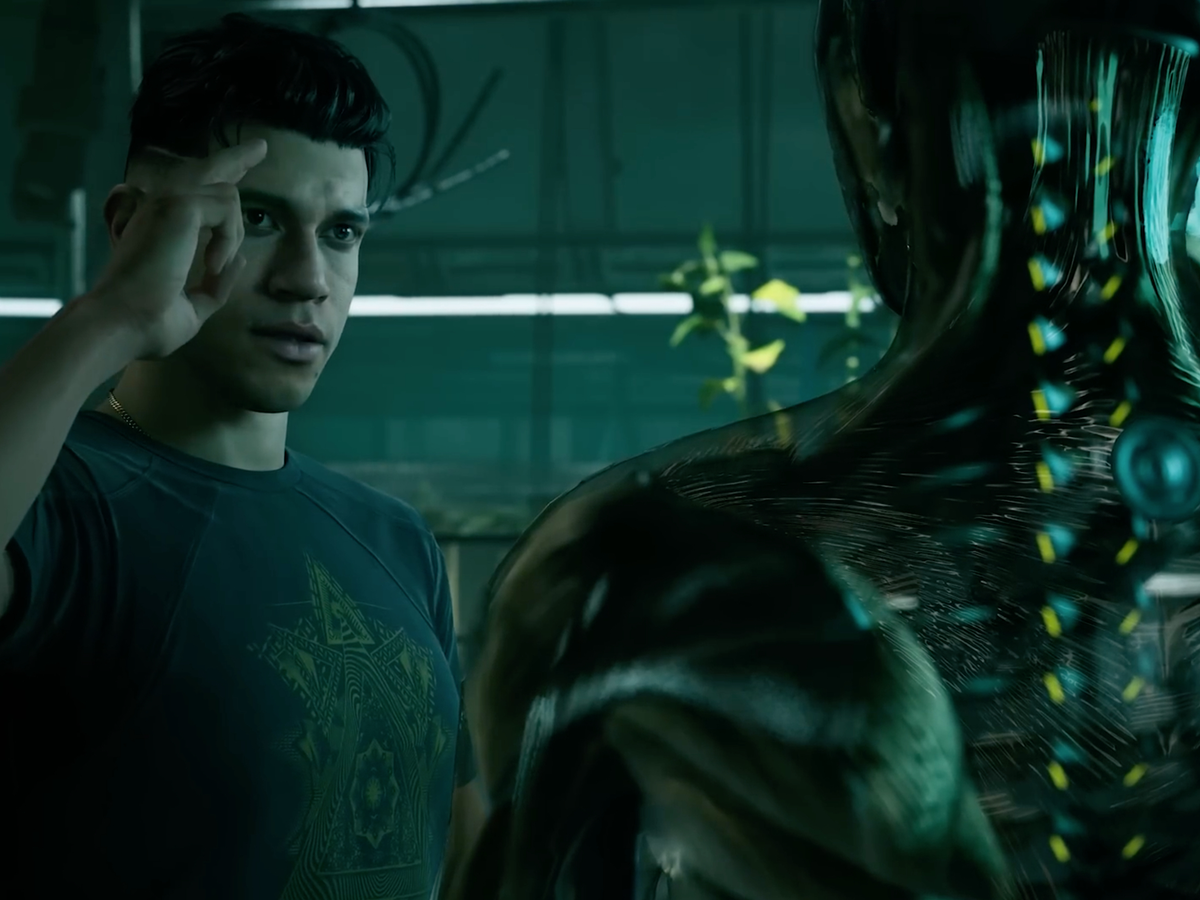
Gameplay Mechanics and Experience
At its core, MindsEye combines third-person, cover-based shooting with extensive driving sequences. The gameplay loop will have you accepting new missions, traveling across the city, and engaging in firefights before moving on to the next story beat. It presents a linear framework that guides you through its narrative.
So, what makes MindsEye’s gameplay stand out from other action-adventure games? While it features a game creation system for user-generated content, the primary campaign is defined by its straightforward mission structure and intense combat scenarios. The experience is heavily focused on telling its story through these directed sequences, but does it succeed in creating an engaging adventure? Let’s examine the different components of its gameplay.
Missions, Combat, and Exploration
The mission design in MindsEye often feels like a throwback to an older era of gaming. Many tasks involve tailing a vehicle or simply driving from one location to another to trigger a cutscene. As you guide the protagonist, Jacob Diaz, you’ll find the game actively discourages you from straying off the designated path, creating a very rigid and linear experience rather than an open-world one.
How does combat and exploration unfold in MindsEye? The combat is a cover-based system, but it feels surprisingly basic. As a former soldier, Jacob’s abilities are limited; you can sprint, crouch, and shoot, but there are no melee attacks or evasive rolls. This simplicity is compounded by subpar enemy AI, which often behaves erratically, making many gunfights feel stilted and lacking a real challenge.
Ultimately, exploration is not a focus. While the world looks vast, you are often confined to your vehicle and punished for veering off course. The city of Redrock serves more as a backdrop than an interactive playground. This design choice makes the world feel empty and lifeless, preventing you from truly immersing yourself in the environment between missions.
Unique Mini-Games and Player Tools
Beyond the main combat and driving, MindsEye introduces a few other gameplay elements, though they appear infrequently. The game breaks up its core loop with occasional one-off mini-games that are tied to specific story moments. Unfortunately, these have been described as more irritating than fun, interrupting the flow of the narrative.
Are there any fun mini-games or unique player abilities in MindsEye? Jacob’s main “unique” ability is his drone, a tool that can be used to stun enemies or hack robotic foes. Late in the game, this drone also gains the ability to launch grenades. However, the most significant feature is the game creation system. This toolset, which appears to be a proof-of-concept for the developer’s other project, Everywhere, allows you to build your own short missions.
While the inclusion of player tools is interesting, the execution has left many underwhelmed. The side missions built with this system feel disconnected and lack the polish of the main campaign. Some of the game’s less-than-stellar moments include:
- An irritating CPR mini-game.
- A stealth section involving slow-moving robots.
- A mission where you fly a tiny drone to “pixel-hunt” for clues.
- Side missions that feel like haphazardly designed shooting galleries.
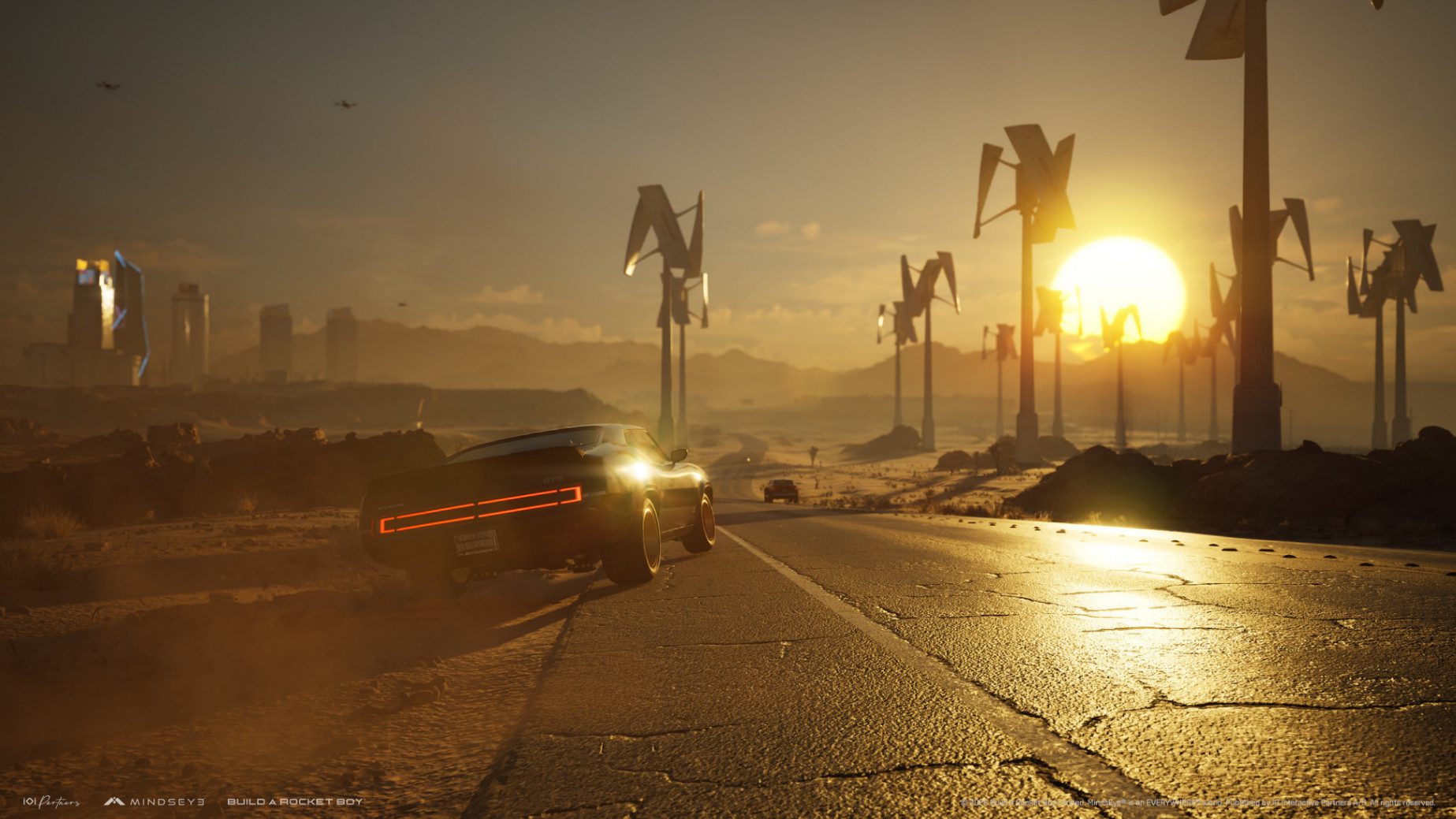
Storyline and World-Building
The storyline of MindsEye begins with a compelling mystery. You are immediately introduced to Jacob’s memory loss, a direct result of a mysterious neural implant. His quest to recover his past leads him to Silva Corp, the tech giant that created the implant, pulling him into a web of corporate espionage and military conflict.
How is the world of MindsEye brought to life for players? The narrative attempts to tackle intriguing sci-fi themes like the dangers of unchecked military power and AI-driven public safety. These ideas are set against the backdrop of a futuristic city, creating a world that feels both familiar and advanced. The effectiveness of this world-building, however, depends heavily on its characters and narrative execution.
Vision of Redrock City and Character Development
MindsEye’s setting, Redrock City, is a visual standout. This sprawling desert metropolis is clearly inspired by Las Vegas, complete with its own versions of iconic landmarks like the Sphere and the Luxor pyramid. The city blends futuristic skyscrapers and high-tech drones with familiar suburban neighborhoods and strip malls, creating a credible vision of the near future. The effort that went into designing this environment is apparent in every detail.
Despite its visual appeal, Redrock City ultimately feels like a beautiful but empty stage. The game’s linear mission structure means you rarely get to explore it freely. The world doesn’t react to your actions—crashing into cars or causing mayhem elicits no police response, making the city feel devoid of life and consequence. It’s a backdrop, not a living world.
This lack of depth extends to the character development. Who are some of the key characters and what drives them? Protagonist Jacob Diaz is unfortunately a generic hero with few memorable traits. Other characters, including the main antagonists, are presented without much emotional depth or complexity, making it difficult for you to become invested in their fates.
Narrative Style and Immersion
The game delivers its story primarily through cinematic cutscenes, which are often cited as one of its stronger points. These scenes are well-directed and visually impressive, showcasing the talent behind the studio. The narrative starts as a promising techno-thriller, with Jacob navigating an uneasy alliance with tech mogul Marco Silva while seeking answers.
However, how does MindsEye keep players invested in its story? As the plot progresses, it shifts away from its grounded themes and veers into what some critics have called “weapons-grade sci-fi schlock.” The tone becomes inconsistent, moving from serious political intrigue to glib, quippy dialogue that undermines the tension. This tonal whiplash can make it difficult to stay immersed in the world.
The narrative also employs side missions that sometimes act as flashbacks, but these often feel disconnected from the main plot. The overall experience is hampered by a few key issues that affect immersion:
- An abrupt and anticlimactic ending.
- Interesting themes that are introduced but never explored.
- A shift from a serious tone to generic, quippy dialogue.
- Characters who lack emotional depth and development.
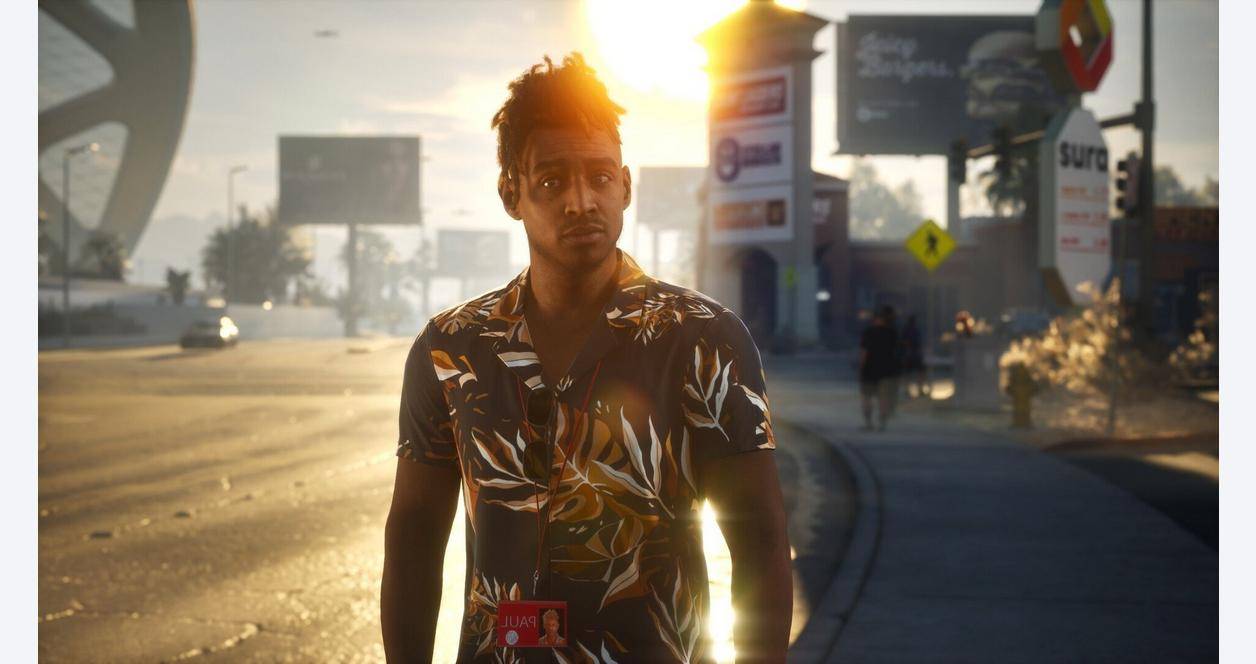
Visuals, Audio, and Technical Design
On the surface, MindsEye is a visually impressive game. The graphics are high-quality, with detailed character models and realistic lighting that bring the world to life. The animation is also a highlight, especially in the cinematic cutscenes.
However, what can players expect from the technical quality of MindsEye? Unfortunately, the game’s beauty comes at a cost. Many players have reported significant game performance issues, including frequent stuttering and numerous bugs. The audio design, from the soundtrack to the weapon effects, also feels underwhelming and fails to match the visual spectacle, creating a somewhat uneven technical package.
Graphics, Animation, and Environment
There’s no denying that MindsEye can be a beautiful game. The developers at Build a Rocket Boy have leveraged Unreal Engine 5 to create stunning visuals. Character models are highly detailed, textures are crisp, and the lighting system produces incredibly realistic scenes, particularly within the neon-drenched streets of Redrock City.
How does the game’s environment and design stand out visually? The environment is where the graphics truly shine. The desert metropolis of Redrock City is a futuristic spectacle, filled with towering skyscrapers, bustling highways, and unique architectural designs. The art direction successfully creates a believable near-future setting that feels both impressive and grounded.
The animation quality is also noteworthy, especially during the game’s many cutscenes. The cinematic direction is a clear strength, making the story moments engaging to watch. However, this visual polish is often undermined by the game’s technical shortcomings and the feeling that this gorgeous environment is ultimately just a shallow, non-interactive backdrop for the linear missions.
Soundtrack, Voice Work, and Game Performance
The audio experience in MindsEye is a mixed bag. The voice work is generally decent, with actors delivering their lines competently. However, some conversations feel disjointed, as if the dialogue was recorded separately and mashed together, which can break the immersion during key story moments.
How does the audio enhance MindsEye’s experience? Unfortunately, it often detracts from it. The soundtrack is largely forgettable, and the sound design for combat is particularly weak. Guns lack a sense of impact, and incoming fire is represented by slow-moving tracers that remove any sense of lethality. This muted audio makes the already-dull combat feel even more lifeless.
Game performance is another major point of criticism. While some players have had a relatively smooth experience, many have reported significant technical problems on PC, PlayStation, and Xbox. These issues range from occasional stuttering to severe bugs that can hinder progress. The table below summarizes some of the technical pros and cons.
|
Technical Aspect |
The Good |
The Bad |
|---|---|---|
|
Graphics |
High-quality models, textures, and lighting. |
Performance can suffer, especially with many objects on screen. |
|
Audio |
Decent voice acting performances. |
Muted weapon sounds, forgettable soundtrack, disjointed dialogue. |
|
Performance |
Impressive visuals when stable. |
Widespread reports of bugs, stuttering, and poor optimization. |
Reception and Community Feedback
The launch of MindsEye in June was met with a wave of overwhelmingly negative reactions from both critics and players. It quickly gained a reputation for being one of the worst-reviewed major releases of the year, with many calling it a “car wreck” and an “unmitigated disaster.”
How has MindsEye been received by players and critics? The community feedback has largely mirrored the critical reviews. Players have flooded forums and social media with examples of bugs, performance problems, and complaints about the core gameplay design. While the devs at Build a Rocket Boy have a roadmap for the future, the initial reception has been a significant disappointment for many who were looking forward to the game.
Critical Reviews and Player Opinions
Diving into the specifics, it’s clear that the game did not land well. What are players and critics saying about MindsEye? Reviews have described the experience as “relentlessly dull” and “mind-numbingly boring.” One critic stated that the game “commits the ultimate sin: It’s boring.” The consensus is that MindsEye feels like a game trapped in the past, with archaic mission design that would have felt dated even a decade ago.
Player opinions echo these sentiments. Many have expressed frustration with the game’s fundamental flaws, which go beyond technical glitches. The brain-dead enemy AI, limited combat options, and wasted open world are common points of criticism. The story’s failure to explore its interesting themes and its unsatisfying ending have also been a source of disappointment for those hoping for a compelling narrative.
Ultimately, both critics and players seem to agree that impressive visuals can’t save a game with a hollow core. The devs at Build a Rocket Boy face an uphill battle to change the perception of a game that has been labeled as forgettable and fundamentally uninspired by a large portion of its audience.
Comparisons with Other Action-Adventure Games
Given the background of its game director, comparisons to the Grand Theft Auto series were inevitable, but they have not been favorable. While MindsEye shares some “GTA DNA” in its city-driving and third-person action, it lacks the interactive world, freedom, and bombastic mission design that makes that series so beloved.
How does MindsEye compare to other major games in the genre? When placed alongside modern action games, its shortcomings become even more apparent. Critics have pointed out that even much older titles, like 2012’s Max Payne 3, offer a far superior combat experience. The game also fails to live up to the cinematic set-pieces found in titles like Uncharted 4, despite brief moments that hint at similar ambitions.
Published by IO Interactive Partners, known for the critically acclaimed Hitman series, the contrast in design philosophy is stark. MindsEye’s linearity and lack of player freedom stand in direct opposition to the sandbox creativity celebrated in Hitman. Here are some key comparisons made by critics:
- Grand Theft Auto: Lacks GTA’s open-world interactivity and dynamic missions.
- Uncharted 4: A single car chase sequence shows a glimmer of Uncharted’s cinematic flair but is never replicated.
- Max Payne 3: The combat is considered vastly inferior to this decade-old shooter.
- Roblox: The game creation tools have drawn comparisons, but the developer’s showcase missions fail to inspire creativity.
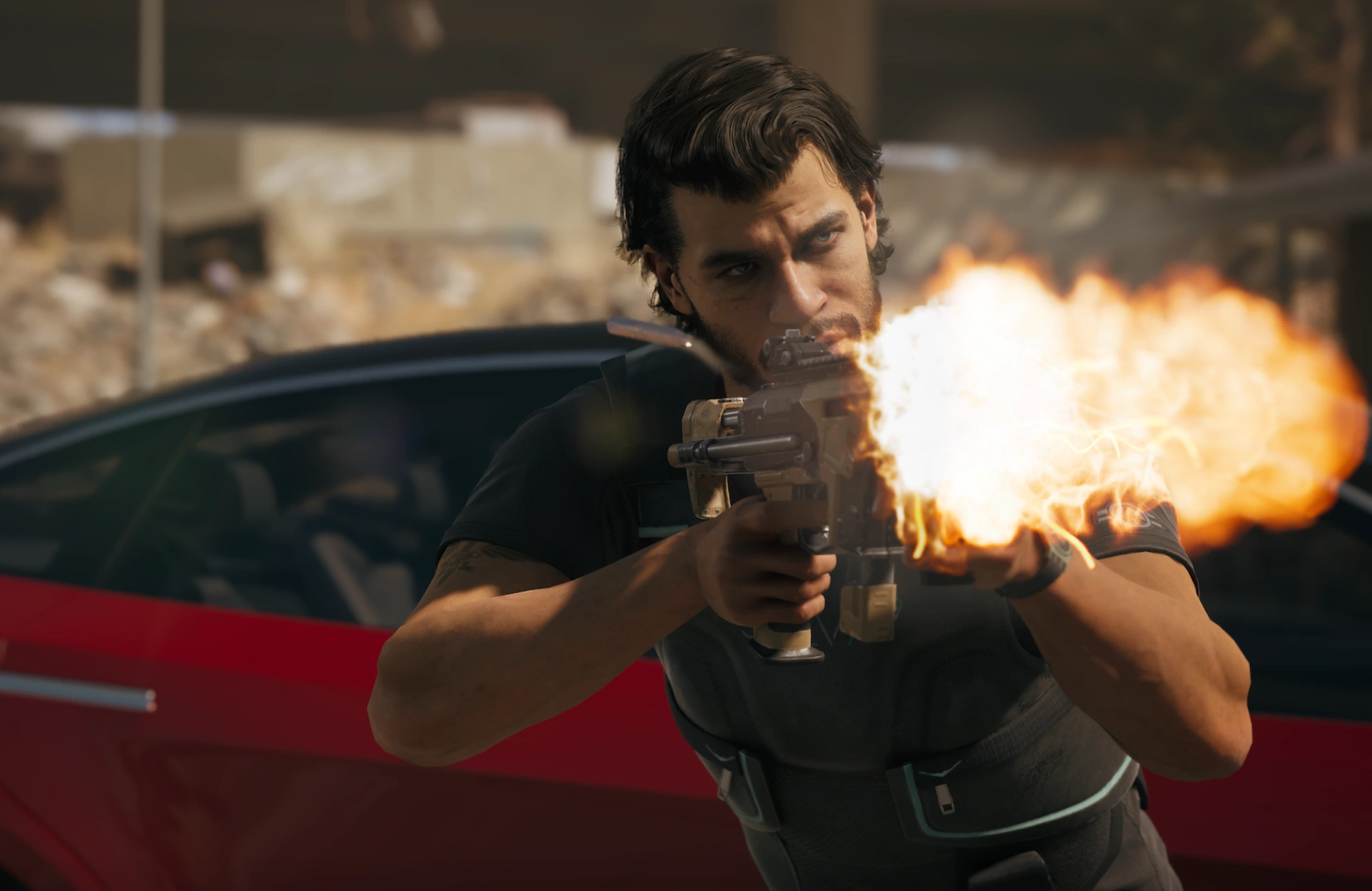
Frequently Asked Questions (FAQ)
Curiosity often leads gamers to seek clarity about the unique features of MindsEye. Many wonder how players can build a rocket boy and navigate the complexities of Jacob Diaz’s journey through a visually stunning desert metropolis. Others inquire about the mysterious neural implant that enhances gameplay, especially against the backdrop of intense combat and narrative flashbacks. Questions also arise regarding the game’s artificial intelligence, the influence of unchecked military power, and upcoming new missions in places like Redrock City and Las Vegas.
What platforms is MindsEye available on?
MindsEye is available for single-player on PC, PlayStation 5, and Xbox Series X/S. You can purchase physical or digital copies for these platforms. While there may be different versions available, such as a Deluxe edition, the core experience is consistent across all supported systems.
How long does it take to complete MindsEye?
The main story campaign of MindsEye takes approximately 10 to 15 hours to complete. The actual hours of MindsEye playtime can vary depending on your playstyle, but most reviews place it in this range. After completing the story, you can engage with new missions through the game’s creation system.
Is MindsEye worth playing for fans of story-driven games?
For fans of story-driven games, MindsEye might be a disappointment. While the initial premise following Jacob is intriguing, the storyline quickly loses focus and ends abruptly. The lack of character depth, inconsistent tone, and underdeveloped themes make it difficult to achieve full immersion in the narrative.
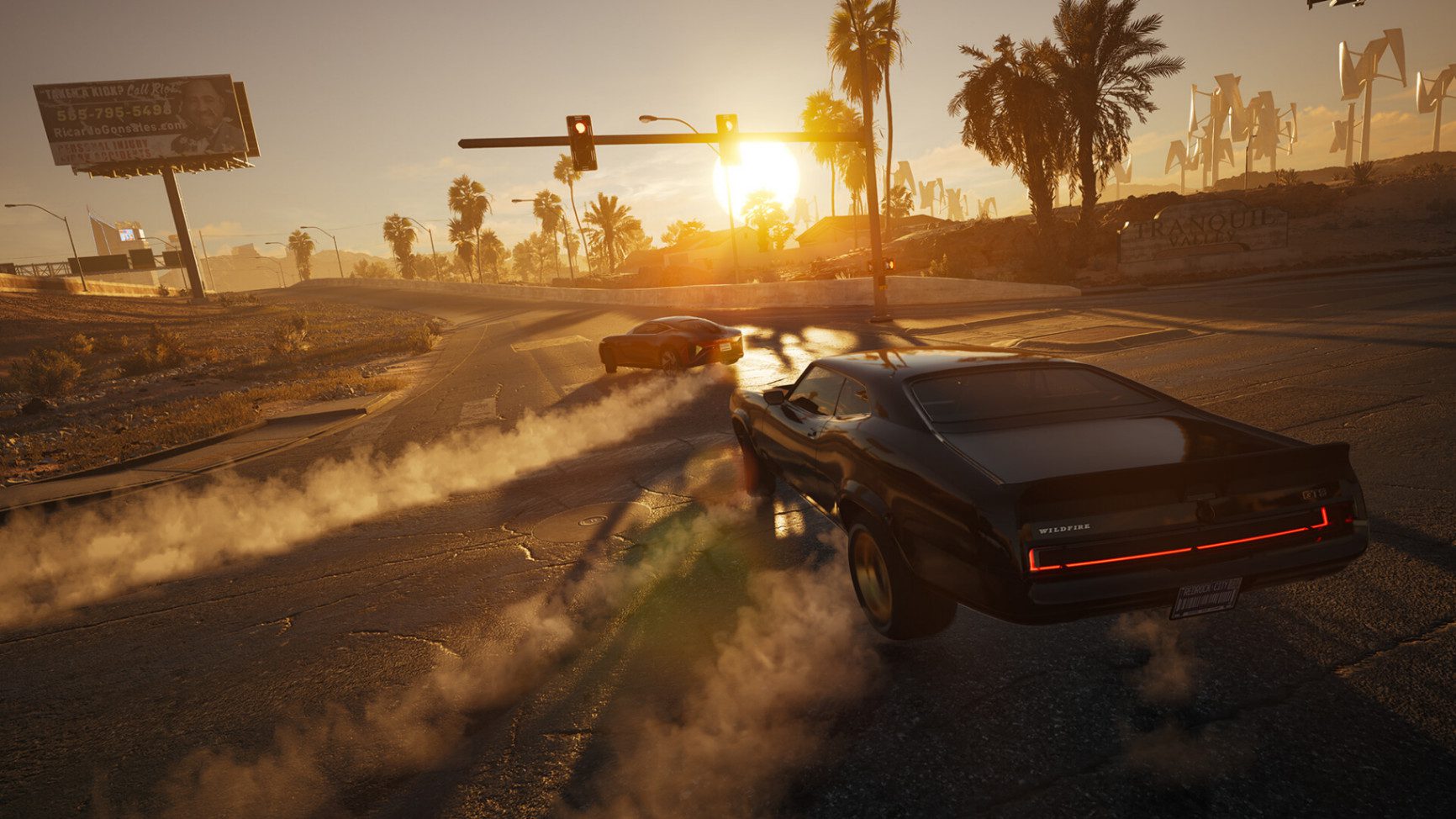
Conclusion
In conclusion, MindsEye stands out not only for its engaging gameplay mechanics and immersive storyline but also for its stunning visuals and compelling audio design. This game invites players to explore the rich world of Redrock City, offering unique missions and mini-games that enhance the overall experience. The positive reception and feedback from the community further affirm its appeal, making it a must-try for fans of action-adventure games. Whether you are drawn to captivating narratives or thrilling gameplay, MindsEye promises to deliver an unforgettable adventure. So, dive in and experience the magic for yourself!
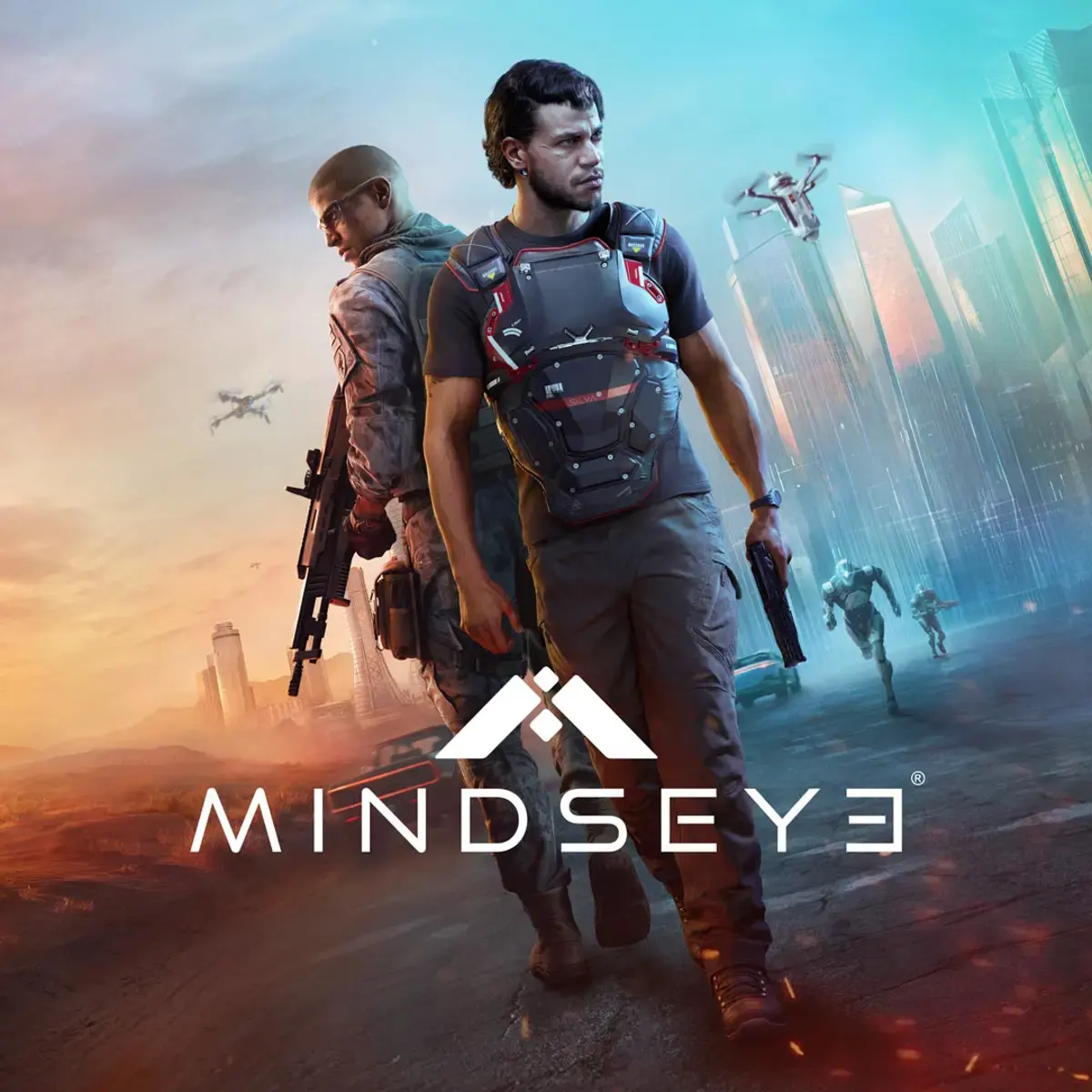
Leave a Reply